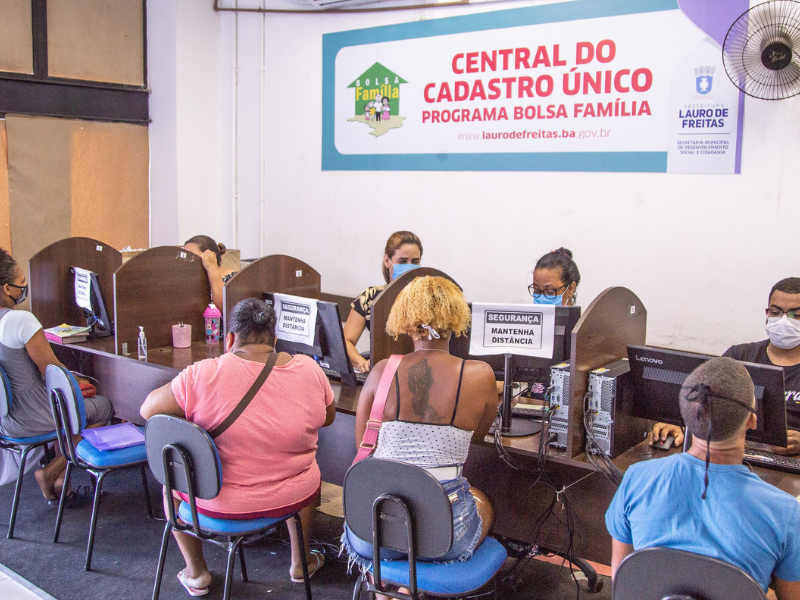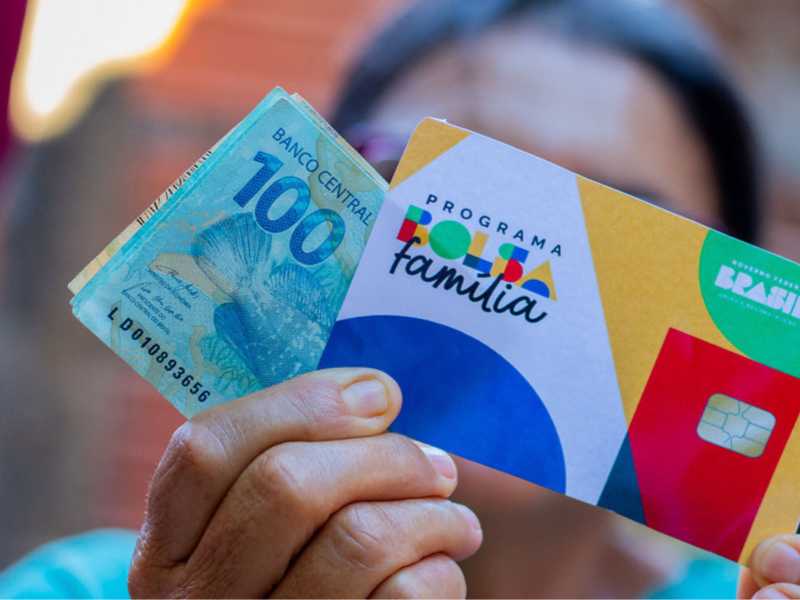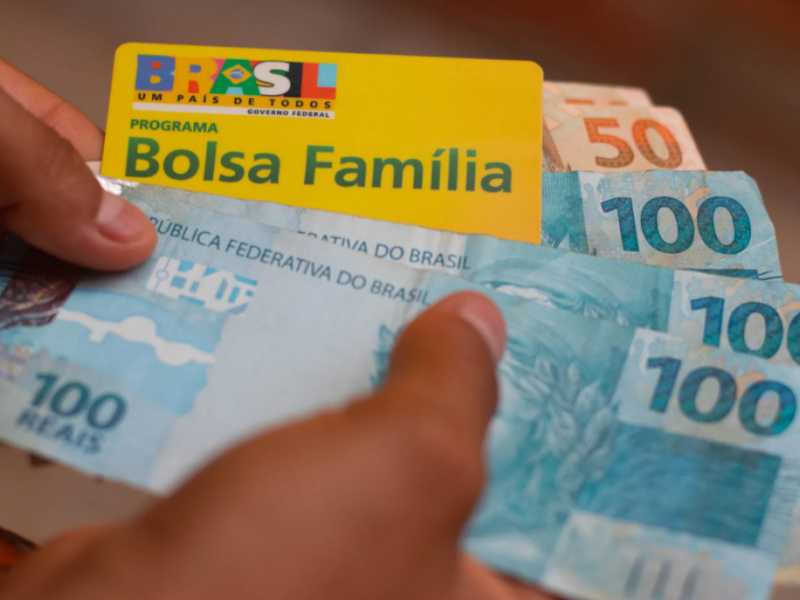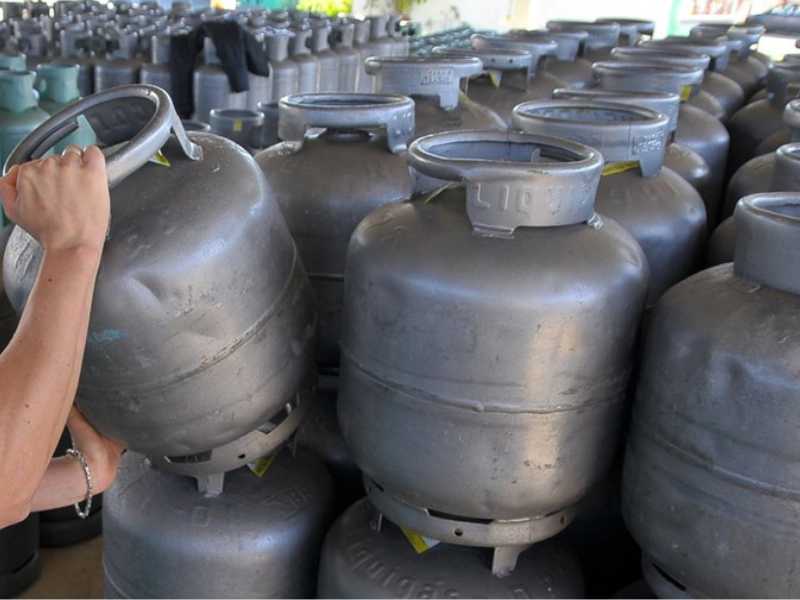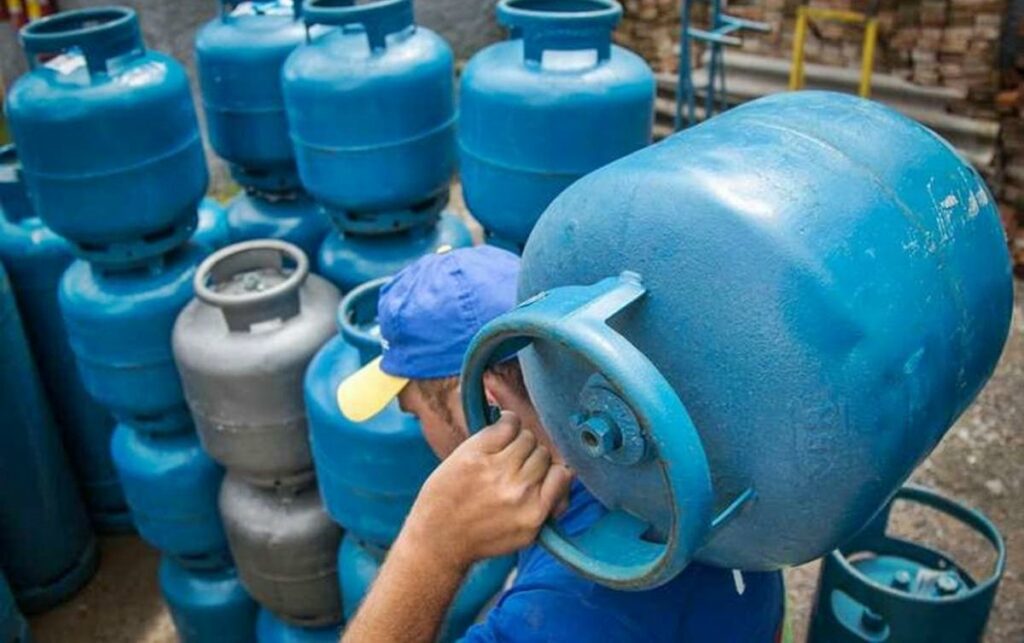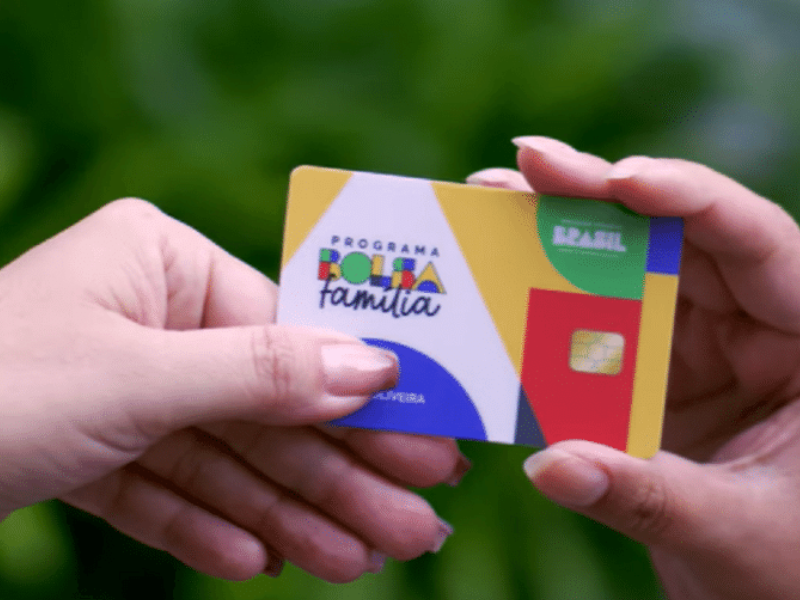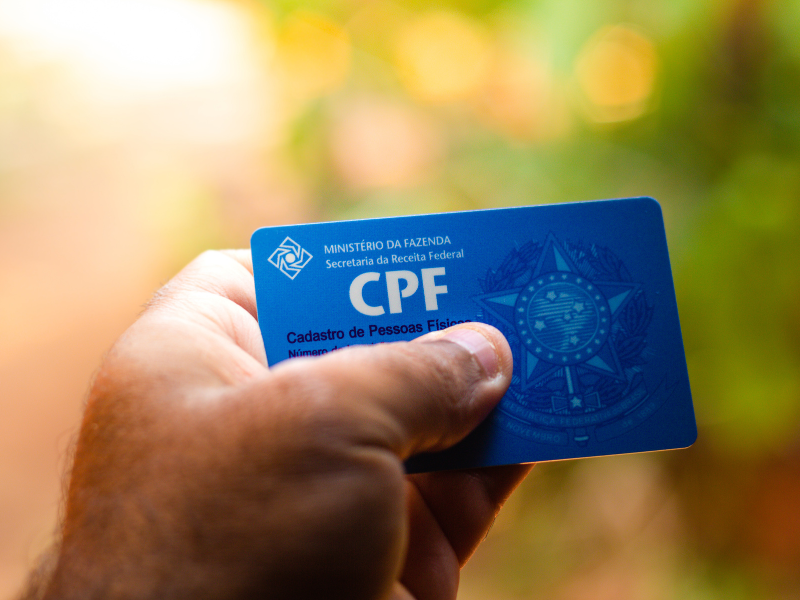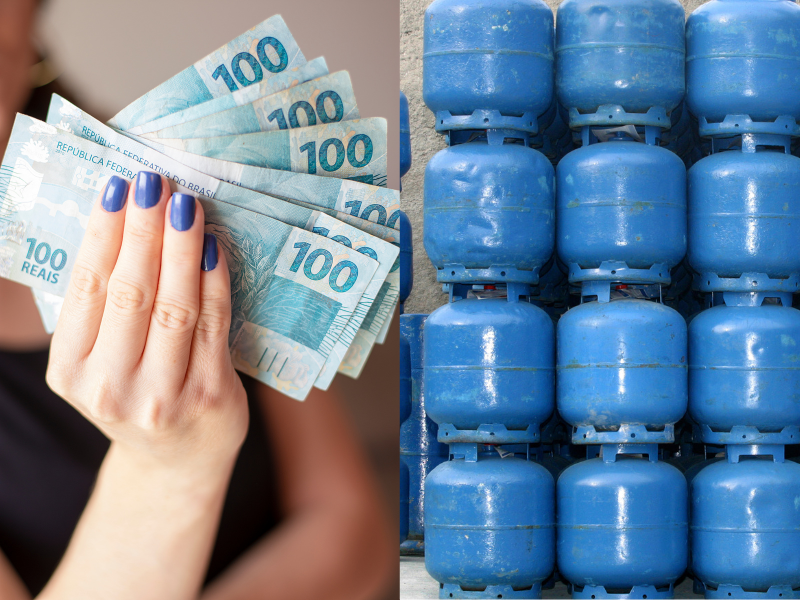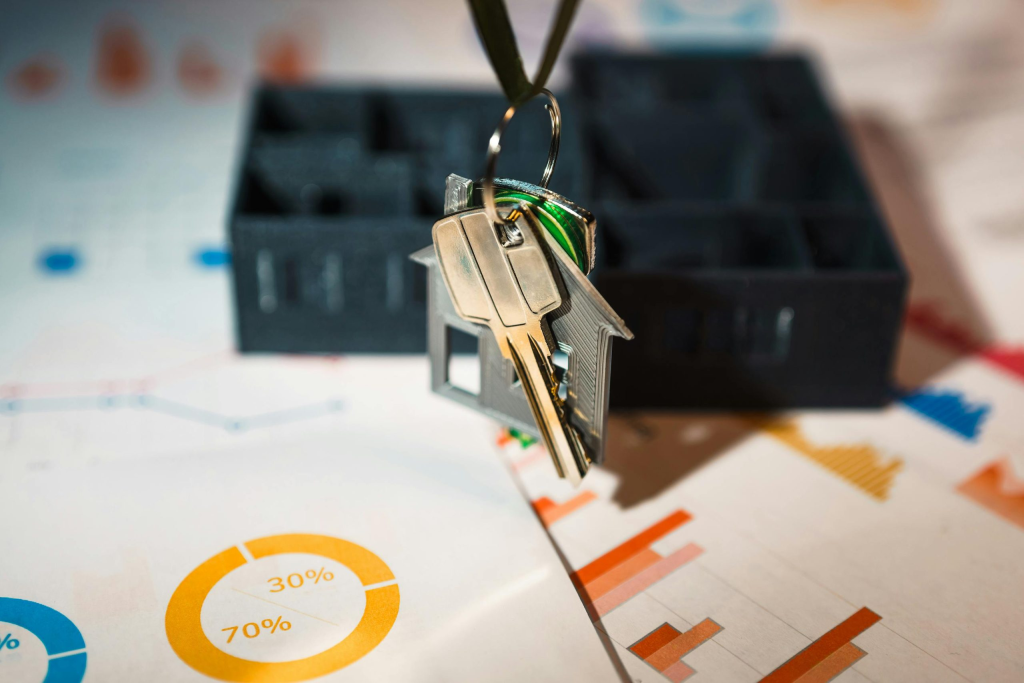Advertisements
Understanding the relevance of the Serasa Score is essential for those seeking to maintain a solid financial balance and access better opportunities in the market. The Serasa Score is a vital tool in credit assessment, directly influencing the approval or denial of loan, financing and card requests.
Financial institutions use this score as an indicator of financial reliability, allowing them to make informed decisions about granting credit. Therefore, maintaining a good score is crucial to ensuring that your financial transactions are favorable and your credit reputation remains positive.
See more: See which numbers came out the most in Mega da Virada
Advertisements
How do I check my Serasa score?
See below the step-by-step guide to checking your Serasa score:
- Download the app (Android and iOS);
- Register;
- Accept the terms of use;
- Swipe the screen and check your score.
So, with just a few clicks, you can find out about your situation. It is worth remembering that the higher your score, the more likely you are to get credit. Check out the score classification levels:
Advertisements
- 0 to 300: very low;
- 301 to 500: low;
- 501 to 700: good;
- 701 to 1000: high.
In addition, the app also provides other functions such as checking debts and legal actions. The Serasa tool also allows consumers to renegotiate their debts and have a digital wallet. With this wallet, customers can pay bills and water and electricity bills.
Negotiations with more attractive interest rates
In addition to impacting credit approval, the Serasa Score also plays a crucial role in the interest rates offered. Thus, individuals with higher scores are more likely to access loans and financing with lower rates, resulting in lower financial costs over time.
Understanding how to improve and maintain your score is, therefore, a smart strategy to save money and facilitate access to more advantageous payment terms.
Image: stevepb/ Pixabay





